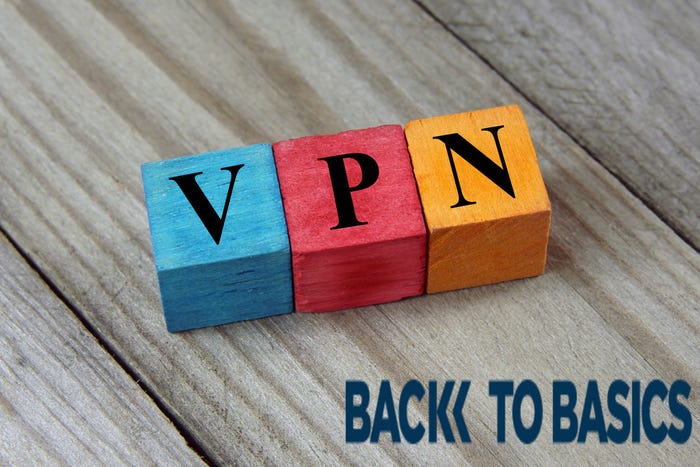A Guide To VPN Basics
Brush up on virtual private network technologies with this primer.
November 29, 2016

Virtual private networks (VPNs) have been a staple of enterprise remote connectivity for more than two decades since they replaced old Frame Relay and dial-up systems. Their ability to provide low-cost and secure connectivity for remote users and networks has been unparalleled. VPNs have played an increasingly critical role in enterprises as workplace patterns have shifted to more remote workers and telecommuters.
Over the years, we’ve seen a steady stream of improvement built on legacy VPN architectures, including the rise of SSL VPNs. In this guide, I'll cover basic VPN models and protocols that are used in enterprises today. I'll also provide a view into how VPNs may evolve in the not-too-distant future.
(Image: chrupka/Shutterstock with modification)
About the Author(s)
How to Amplify DevOps with DevSecOps
May 22, 2024Generative AI: Use Cases and Risks in 2024
May 29, 2024Smart Service Management
June 4, 2024

